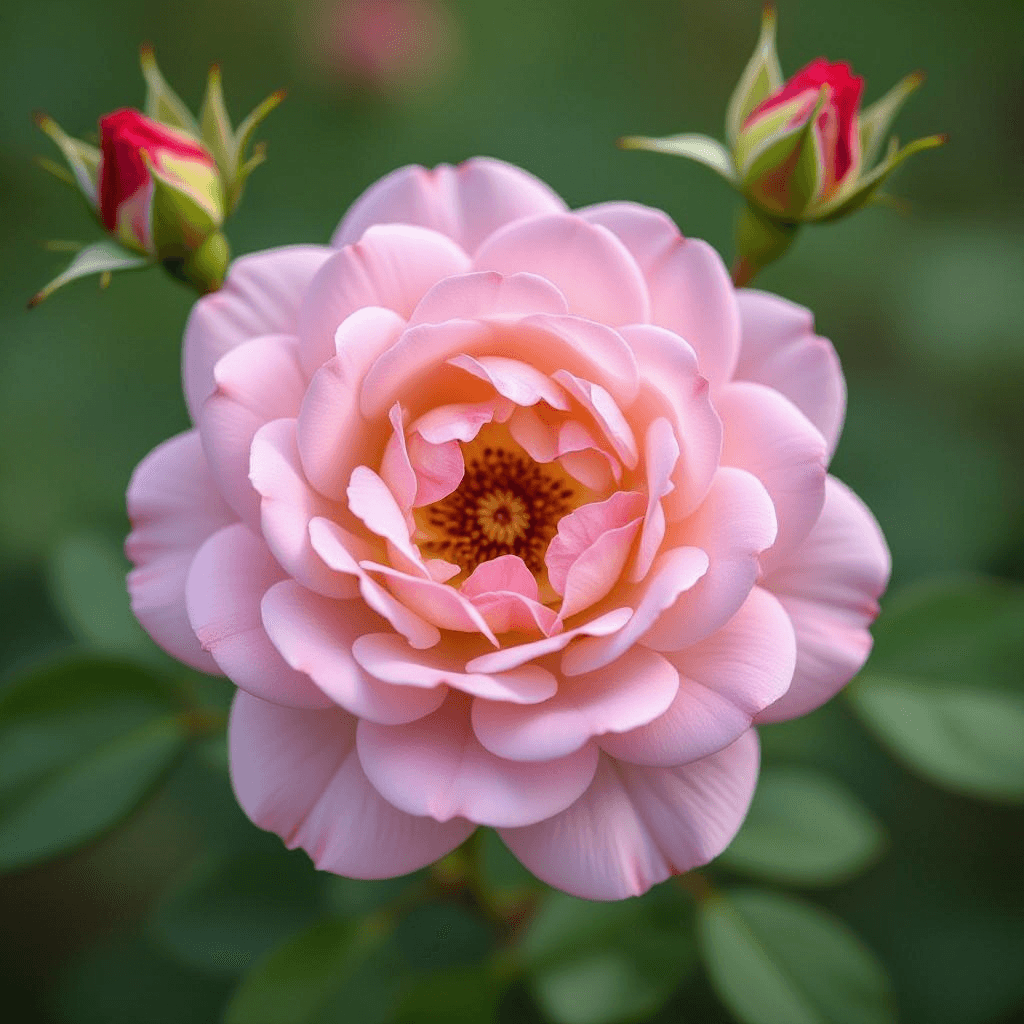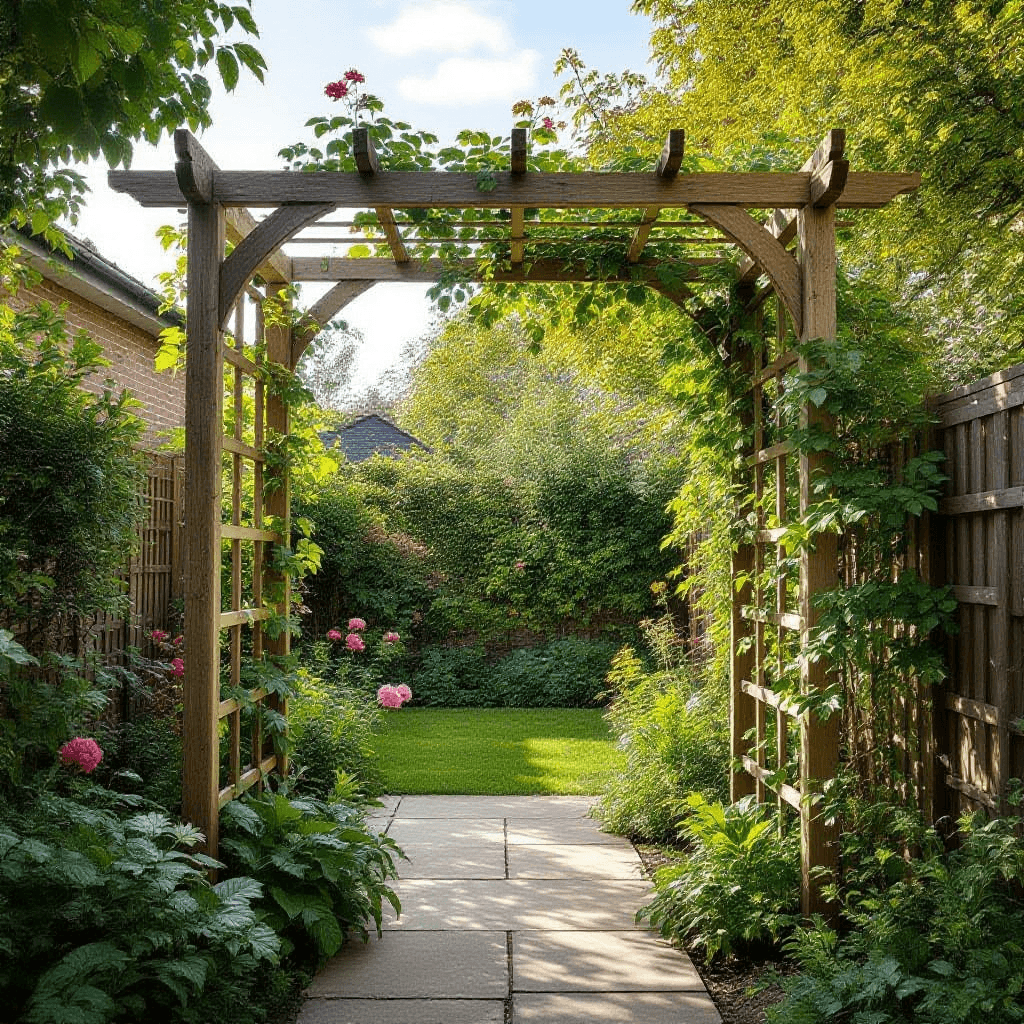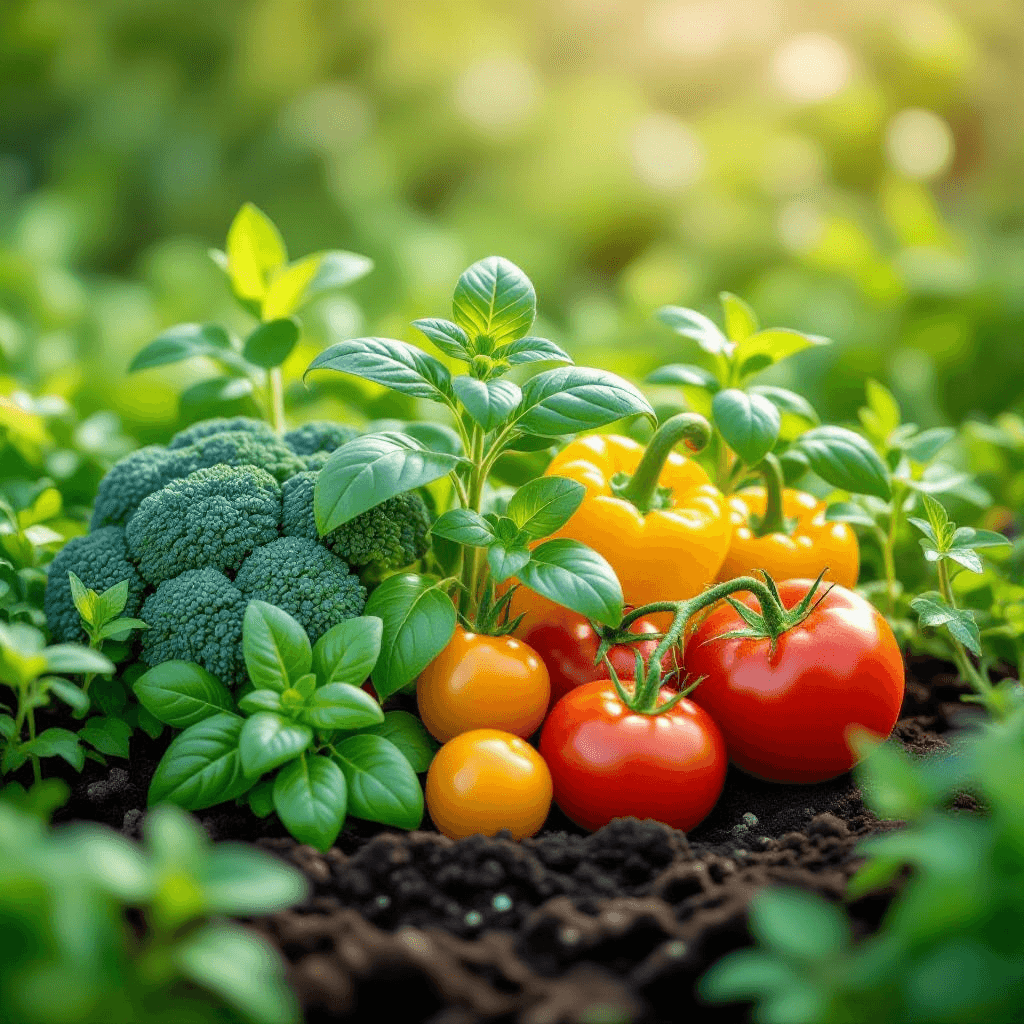What is Deadheading and Why is it Important?
Deadheading is the gardening practice of removing spent or faded flowers from flowering plants. This technique serves multiple purposes that significantly benefit the health and aesthetics of a garden. By eliminating these old blooms, gardeners can promote healthier growth in their plants and encourage the production of new flowers. The act of deadheading redirects the plant’s energy from forming seeds in the deteriorating flowers to producing new buds, leading to a more vibrant and prolonged flowering period.
From a biological perspective, many flowering plants are programmed to produce seeds after blooming. When spent flowers are left intact, the plant focuses its resources on seed production rather than creating more blooms. By practicing deadheading, gardeners can intervene in this natural cycle and stimulate the plant to continue flowering, greatly enhancing the overall beauty of the garden. This is particularly evident in perennial and annual plants like geraniums, marigolds, and petunias, which will repeatedly bloom if regularly deadheaded.
In addition to promoting growth and increasing flowering output, deadheading also contributes to a tidier appearance in the garden. Flowering plants with faded blooms can detract from a garden’s visual appeal, often appearing unkempt or neglected. By periodically removing these spent flowers, gardeners can maintain an organized and well-kept garden space. Furthermore, deadheading helps prevent diseases that may occur when plants focus their energies on seed production. It reduces the likelihood of fungal infestations and promotes overall plant health.
In essence, deadheading is a simple yet effective gardening practice that can significantly enhance the flowering potential and longevity of plants, ensuring they remain a source of beauty throughout the growing season.
When and How to Deadhead Your Flowers
Deadheading is essential for promoting continuous blooming and improving the overall health of your flowering plants. The timing of deadheading is crucial; flowers should ideally be deadheaded as soon as they begin to fade. This helps redirect the plant’s energy toward producing new blooms rather than forming seeds. Check your plants regularly and look for blossoms that have wilted or turned brown, as these are indicators that it’s time to remove them.
When it comes to techniques, there are primarily two methods of deadheading: snipping and pinching. Snipping involves using clean garden shears or scissors to cut the faded flower stem just above the first set of healthy leaves. This technique is particularly effective for perennials and larger annuals, as it allows for a clean cut and minimizes any potential damage to the plant. On the other hand, pinching is done with your fingers to remove spent blooms from softer-stemmed flowers, like pansies or petunias. Pinching is less invasive and can encourage bushier growth.
Different flower types may require tailored deadheading approaches. For instance, perennials like echinacea or daylilies can benefit from regular deadheading throughout their growing seasons. Annuals, such as marigolds, also respond well to deadheading, enhancing their blooming potential. Container plants often thrive when deadheaded consistently, as this practice prevents overcrowding and promotes increased air circulation. To provide optimal care, follow a step-by-step approach: inspect the plants weekly, choose the appropriate deadheading technique, and promptly remove any faded flowers.
Implementing these practices will ensure that your garden remains vibrant and full of life, allowing you to enjoy flowering plants all season long.
Tools and Techniques for Effective Deadheading
Effective deadheading requires the right tools and techniques to ensure that your flowering plants continue to thrive throughout the season. Central to this task is the use of quality pruning shears, which are essential for making clean cuts. These shears help to prevent damage to the surrounding plant tissue, thereby promoting healthy growth. Scissors can also serve as an alternative for cutting smaller or delicate flowers, allowing for precision without harming adjacent buds. It is advisable to keep these tools sharp and clean, as dull or dirty implements can transmit diseases from one plant to another.
In addition to proper tools, wearing gloves during the deadheading process is highly recommended. Gloves not only protect your hands from thorny stems and irritants but also provide a good grip, enabling better control while working on your plants. Consider using gardening gloves made of breathable materials for comfort, particularly during extended periods of gardening.
When it comes to techniques for deadheading, accessibility can pose a challenge, especially with flowers tucked away in hard-to-reach places. For such instances, using an extending reach tool can facilitate the deadheading process, allowing you to remove spent blooms without straining yourself. Additionally, remember the significance of cleanliness while gardening: after each cut, consider wiping your shears with rubbing alcohol. This practice minimizes the risk of transmitting diseases among plants, promoting a healthier garden overall.
Utilizing these tools and techniques will not only enhance the deadheading process but will also contribute to the longevity and vibrancy of your flowers. By integrating systematic deadheading into your gardening routine, you can enjoy a flourishing garden filled with continuous blooms throughout the season.
Additional Tips for Maximizing Flower Blooms
To ensure your flowers continue to thrive and display vibrant blooms, effective maintenance is essential. Beyond deadheading, other horticultural practices play a critical role in maximizing flower production. One of the most significant factors is proper watering. Ensuring that your plants receive consistent moisture aids in their development. It is advisable to water early in the morning or later in the evening to reduce evaporation. A deep watering once or twice a week encourages deeper root growth compared to frequent shallow watering, thus promoting healthier plants and more abundant flowers.
Fertilization also significantly impacts blooming potential. Using a balanced fertilizer every four to six weeks during the growing season can provide the necessary nutrients for robust growth. Look for fertilizers that are formulated specifically for flowering plants, as they often contain the right ratio of nitrogen, phosphorus, and potassium. Organic alternatives such as compost or well-rotted manure can contribute to flower vitality and soil health without the risks associated with synthetic fertilizers.
Incorporating mulch around your flowers can greatly benefit their overall health. Mulch helps retain soil moisture and regulates soil temperature, mitigating stress during periods of extreme weather. Additionally, it suppresses weeds that compete for nutrients and water. Organic mulch, such as bark chips or straw, also enriches the soil as it breaks down, further supporting plant needs.
Seasonal considerations are crucial for preparing your garden for fluctuating weather conditions. For instance, as autumn approaches, transition your perennials for the winter by cutting back dead foliage and adding mulch to insulate the roots. Taking these precautions not only enhances resilience against frost but also encourages early blooms in the spring. By adopting these holistic gardening practices, you can ensure your flowers stay lush and vibrant throughout the entirety of the gardening season.


